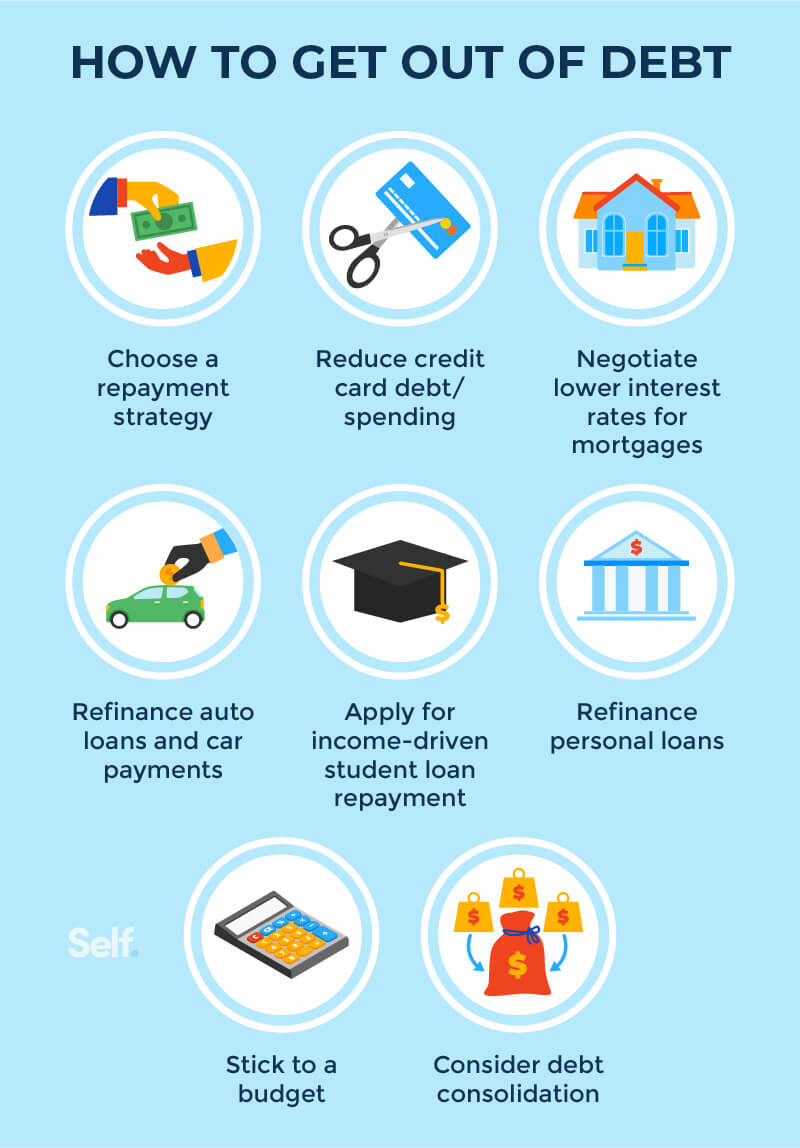How To Get Your Business Out Of Debt

Businesses nationwide are struggling under crippling debt, threatening closures and impacting local economies. Immediate action is critical to regain financial stability and avoid bankruptcy.
This article provides actionable strategies for business owners to tackle debt head-on, focusing on proven methods for debt reduction, negotiation, and financial restructuring.
Assess Your Current Financial Situation
The first step is a comprehensive assessment of your business's financial health. This includes analyzing all outstanding debts, assets, and cash flow.
Create a detailed list of all debts, including the creditor, interest rate, payment terms, and outstanding balance. Identify areas where expenses can be cut to free up cash for debt repayment. According to a recent study by the Small Business Administration (SBA), businesses with a clear understanding of their finances are 30% more likely to succeed in debt reduction efforts.
Negotiate with Creditors
Don't be afraid to communicate with your creditors. Many are willing to negotiate payment plans or even reduce the total amount owed, especially if they believe it's the only way to recover some of their investment.
Explore options such as lower interest rates, extended payment terms, or a debt settlement. Be prepared to provide supporting documentation, such as financial statements, to demonstrate your inability to meet the original payment schedule. Remember transparency is key here.
Explore Debt Consolidation and Balance Transfers
Consider consolidating high-interest debts into a single loan with a lower interest rate. This can simplify repayment and potentially save you money over time.
Balance transfers to credit cards with introductory 0% APR offers can also provide a temporary reprieve, but be mindful of balance transfer fees and the duration of the promotional period. NerdWallet reports that businesses that successfully consolidate their debt can see monthly savings of up to 20%.
Implement a Strict Budget and Spending Plan
Develop a detailed budget that outlines all income and expenses. Identify non-essential spending that can be eliminated or reduced.
Stick to the budget rigorously and track your progress regularly. Consider using accounting software to automate the process and gain better visibility into your cash flow.
Seek Professional Financial Advice
Consulting with a financial advisor or debt relief specialist can provide valuable insights and guidance. These professionals can help you develop a customized debt reduction plan and navigate complex financial issues.
Organizations like the National Foundation for Credit Counseling (NFCC) offer free or low-cost counseling services to small business owners. Don't underestimate the power of expert advice during these challenging times.
Consider Debt Restructuring or Bankruptcy
In severe cases, debt restructuring or bankruptcy may be necessary. Debt restructuring involves renegotiating the terms of your debt with creditors, often with the assistance of a legal professional.
Bankruptcy should be considered a last resort, but it can provide a fresh start by discharging some or all of your debts. Consult with a bankruptcy attorney to understand the implications and determine if it's the right option for your business.
"Bankruptcy is not the end, but a new beginning."- Robert Kiyosaki.
Where to Get Help
There are numerous resources available to help businesses struggling with debt. The SBA offers counseling, training, and access to capital. Local Small Business Development Centers (SBDCs) provide free or low-cost consulting services. Additionally, online resources and forums can offer valuable information and support.
Act now. The sooner you address your debt problems, the greater your chances of a successful turnaround.



:max_bytes(150000):strip_icc()/digging-out-of-debt_final-b14f7e15866443b3a3b87745ea178ef8.png)














